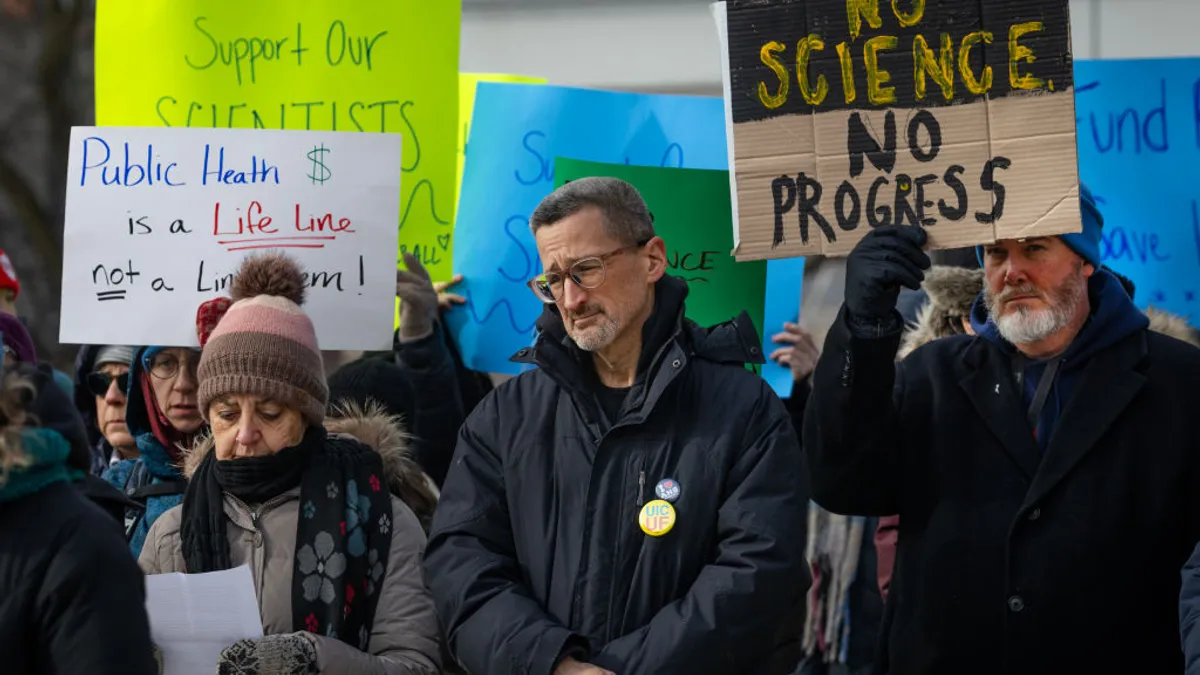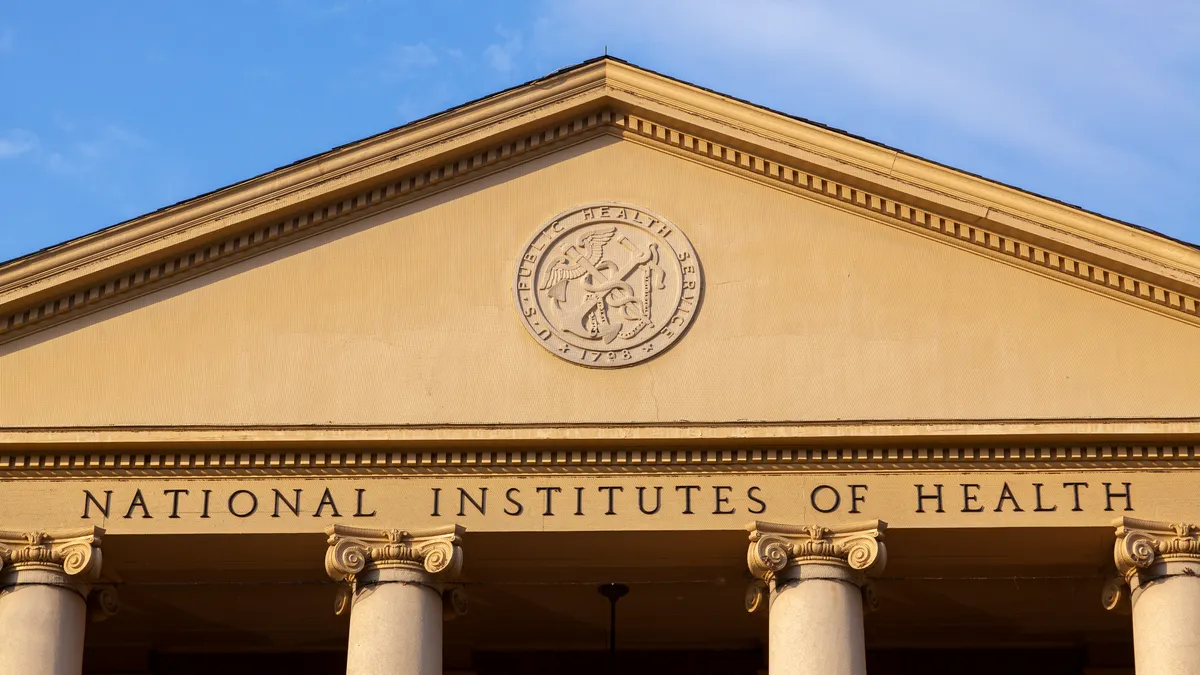The workplace of the future will be marked by unprecedentedly advanced technologies, as well as a focus on incorporating artificially intelligent algorithms of automation to drive higher levels of production with fewer resources. Employers and education stakeholders, noting the reality of this trend, question whether students will be workforce ready in the years to come.
This has become a significant concern for higher education executives, finding that their business models could be disrupted as they fail to meet workforce demands. A 2018 Gallup and Northeastern University survey shows that of 3,297 U.S. citizens interviewed, only 22% of those with a bachelor’s degree said their education left them “well” or “very well prepared” to use AI in their jobs.
Still, there are those who say automation is not as drastic as many are predicting. Researchers Melanie Arntzi, Terry Gregoryi and Ulrich Zierahn found in their study of 21 member countries of the international Organisation for Economic Co-operation and Development that only about 9% of jobs on average are automatable.
Two AI perspectives at odds with each other
When it comes to the future of the workforce there are largely two stances on what will happen. Some predict that vast swaths of jobs will become obsolete as automation replaces the need for human labor; others, however, claim automation will manifest slowly and the number of jobs that will be affected will be much smaller than over-hyped predictions.
Nevertheless, at a Committee for Economic Development of The Conference Board panel briefing about the Higher Education Act, Scott Pulsipher, president of Western Governors University, said higher education needs to be turned on its head.
“We’re now in an information age powered by the internet, and we are going to need to make that change a lot quicker than we did before,” Pulsipher said. “The credit hour that emerged in that past is not the only measure of learning anymore that’s going to be needed for the workforce.”
However, another panelist, Chris Gabrielli, the board chair of the Massachusetts Department of Higher Education and a former employee of an artificial intelligence company, said the effects of automation are over hyped.
"I know the autonomous acts that recently happened make it seem that way, but these are single events, said Gabrielli. It’s going to change rather more slowly, which is not to say we don’t need to make skills and credentials and opportunities available throughout life, of course we do. But, just at the time when so many people are knocking at that door I do think it can be empty rhetoric at time.”
Gabrielli said is that ultimately the skills debate — whether there's a focus on only hard technical ones or soft communication skills — is a bit of a wash. For instance, a 2016 survey from ACT, which interviewed 371 workforce supervisors and 2,252 college instructors and administrators, found that employers do not think career readiness is linked to academic achievement. The characteristics most valued by employees, according to their responses, are qualities like “sustaining effort,” “acting honestly” and “keeping an open mind,” along with communication and critical-thinking skills.
Meanwhile, college instructors are focusing on being able to use complicated technological tools; this is evident with the emphasis on STEM. But, articles from groups like McKinsey still focus on the argument that students need technical skills and should go to bootcamps that focus on “technology-based solutions, such as online applications,” or they will find themselves “at risk of being disconnected from the workforce because of background or education.”
A middle approach — stackable degrees, partnerships
A deeper dive into the automation debate shows what many experts advocate for is a middle-ground approach that focuses on preparing students for lifelong employability, rather than predicting what types of jobs will be available or which majors need to be eradicated.
Taking a steady approach toward automation is smarter, Justin Reich, executive director of the MIT Teaching Systems Lab, told Education Dive. “Broadly in our economy things that look like routine will be increasingly computerized and routinized and will not require people to do those things," said Reich. "But, if people are making an argument that [artificial intelligence] is going to lead to some kind of dramatic change, I think that's unlikely, it will continue to do what has been happening since the ‘80s, which are those routine tasks."
"If you are reducing degree lengths because of advances in AI doesn't make sense, attributing reduced value in a diploma to advances in the labor market and AI doesn't make sense."
To address this discrepancy in his book “Robot-Proof: Higher Education in the Age of Artificial Intelligence”, Northeastern University President Joseph Aoun argues for a midway point between these two extremes. He writes that for higher education to adapt to the onset of machines, there has to be a focus on life-long learning and “humanics.” In an interview with Forbes he explains what that means, he said humanics prepares students to perform future jobs that only human beings can do by fostering integration of technical literacies, such as coding and data literacy, with human literacies, such as creativity, ethics, cultural agility and entrepreneurship. When students combine these literacies with experiential components, they integrate their knowledge with real life settings, leading to deep learning," Aoun told Forbes.
The best approach, said Pulsipher, is to implement strategies like stackable degrees, rather than to disrupt the importance of a bachelor's degree. Instead of advocating for credentials or eliminating certain pathways, all of them should be easily transferable and lifelong processes.
Pulsipher said “the whole notion of the stackable credential is going to become real,” because there will no longer be a “four-year grad rate.” As students gain credentials and certificates over time, “scaffolding” credentials could take anywhere from 10 to 20 years. What this means, he said, is that as an adult decides to get a certificate in mastering a new technology, that credential should be stacked upon his or her degree, so its value is recognized.
Another obvious step to take, many experts contend, is to forge industry partnerships, so institutions know what types of jobs are in demand. This allows institutions to be more responsive and additive.
For instance, Mike Cartney, president of Lake Area Technical Institute, said during the U.S. News & World STEM Solutions conference in Washington, D.C. this year that his institution has seen success in placing 99% of its graduates into a high-income jobs by focusing on “hire education,” to make sure that education resonates with students as a tangible goal and not just a piece of paper.
Part of this success, he said, comes from his active approach of making 400 industry partnerships to “make sure our product is what our graduates need in the workplace,” and providing “students [with] the foundational or soft skills that they need to do their jobs.”
Richard Lester, technician development manager at Toyota USA, who was in the same panel discussion with Cartney, agreed. “True collaboration between education and business is critical,” he said, because standards drive program content, resources, occupational alignment and continuous improvement.”








